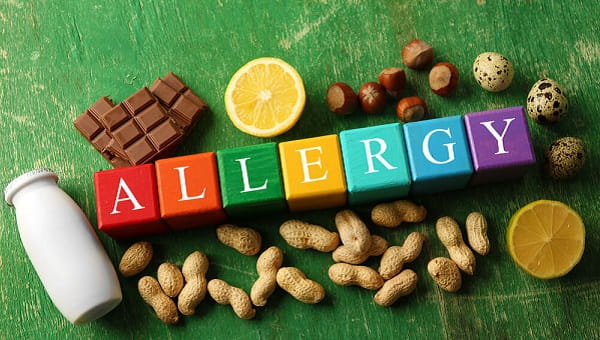Your hair can be straightened, teased or pulled back. Your skin can be soft and glowing. Your nails can be shaped, buffed and painted. But did you know that your hair, skin and nails can also tell you a lot about your health?
Your Nails Nailed it
While they may be fun to paint, your nail (fingers and toes) color, strength and nail beds can reveal health issues like nutrient deficiencies or early stages of complex medical conditions like cardiovascular disease.
- Pitting across the nail bed may be a sign that you’re lacking protein, iron or folic acid in your diet. Keratin is one of the main components of the nail plate. Proteins and blood flow will help your nails grow correctly.
- Yellowing of the nail may be a sign of lung disease or lymphedema, which is swelling caused by lymph fluid building up outside the lymphatic vessels. This can cause poor circulation and fluid build-up, which yellows the nail plate.
- Clubbing is a common condition where the finger swells and the raised nail begins to wrap around the fingertip. Clubbing has been linked to lung or cardiovascular disease, as it can be caused by reduced oxygen levels.
Your Hair Dos
Whether you’re having a good hair day or a bad hair day, your hair’s look, texture and thickness can be signs of some health conditions. Make note of sudden changes versus gradual ones. Sudden changes in hair may indicate a more treatable condition, rather than a gradual change, like hair thinning.
- Brittle hair is one symptom of Cushing’s syndrome. However, this rare condition is usually accompanied by excess cortisol.
- Increased hair shedding and change in appearance is a symptom of hypothyroidism. This condition indicates your thyroid isn’t working effectively. Other symptoms include fatigue, joint pain, puffy face and weight gain.
- Hair thinning may be a sign of protein deficiency. Protein deficiency isn’t a common problem amongst most Americans; however, those who have a gastrointestinal condition may have trouble digesting protein.
Your Skin Shines
Your skin is your first line of protection against sun, irritants and bacteria. As the largest organ in the body, your skin can tell you a lot about your health and how to maintain it. Changes in color and texture or increased itching may be your first sign of a health issue.
- A painful rash may indicate a case of shingles. This condition is a re-activation of the same virus that causes chicken pox. Without treatment, the painful rash can last longer and may cause loss of vision, hearing or balance.
- Yellowish bumps could be xanthomas, or a build-up of cholesterol under the skin, indicating high cholesterol or triglyceride levels. This type of cholesterol build-up is rare and only seen in patients who have untreated high cholesterol.
- Hives may indicate an allergic reaction. Hives may occur hours after contact with the allergen, which can make the trigger difficult to pinpoint. Speak with your dermatologist about special allergy testing.
It’s important to share changes in your hair, skin and nails with your primary care physician during your yearly physical. Even minor changes can be a sign of an underlying medical condition. For a physician referral to a dermatologist, call 1-800-BayCare (1-800-229-2273) or find a doctor near you.




